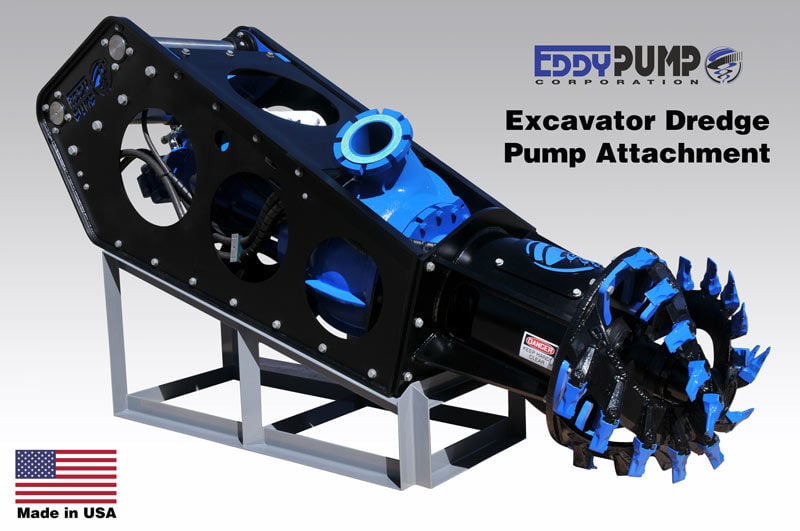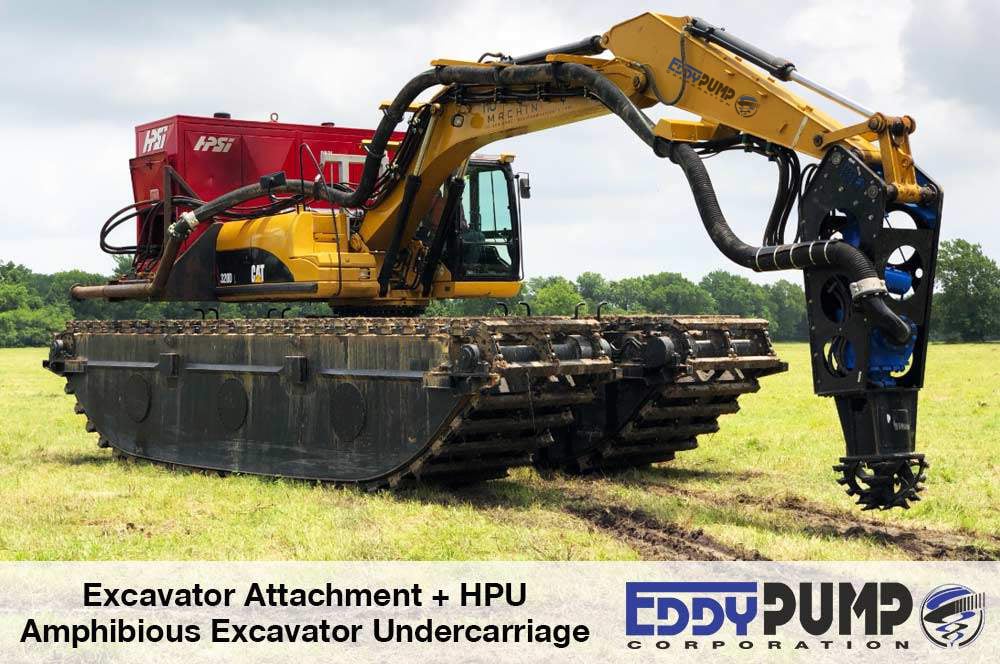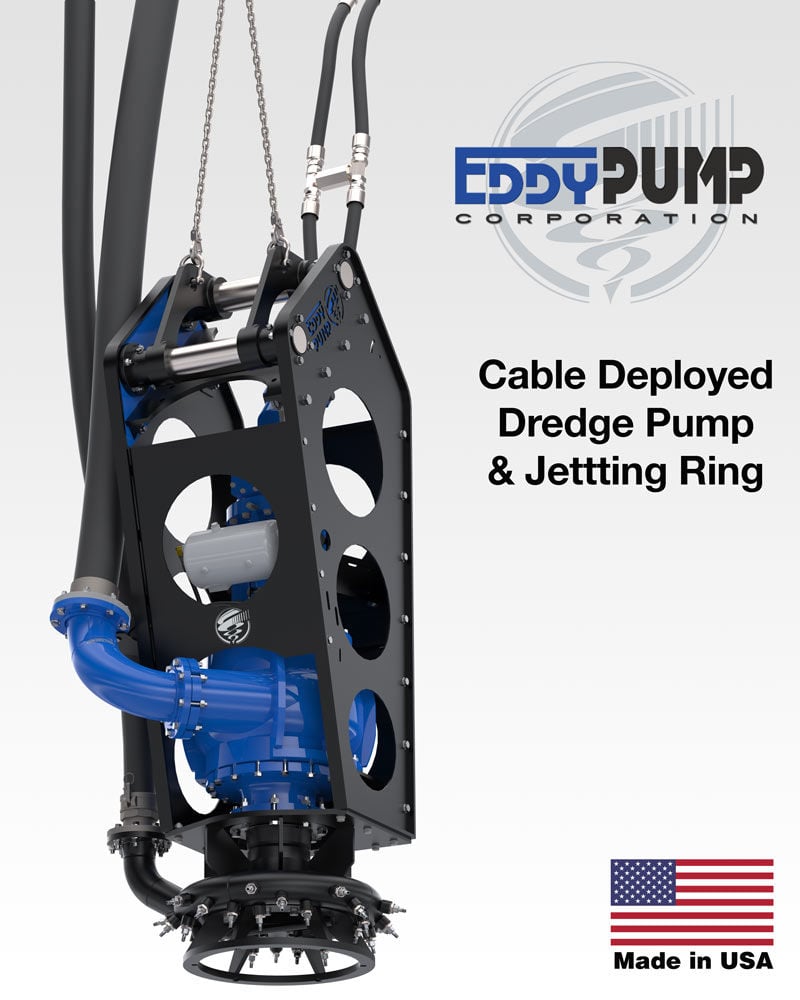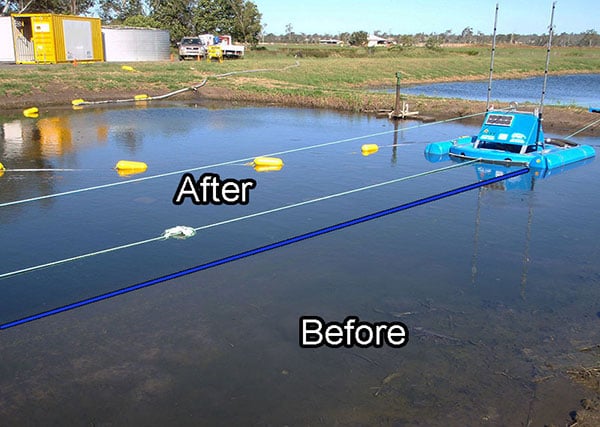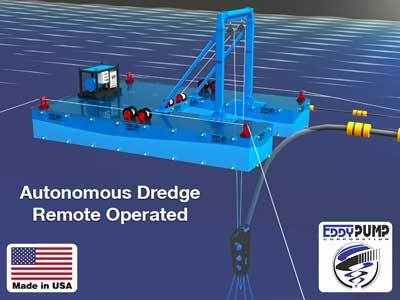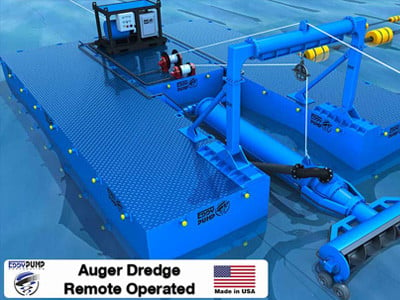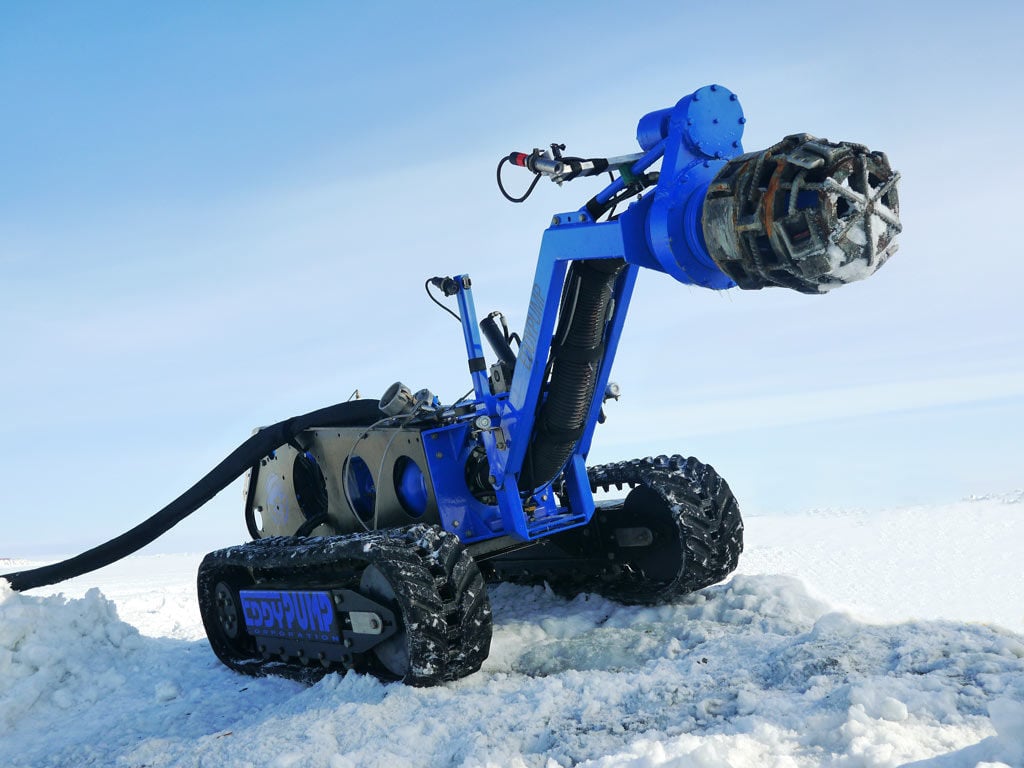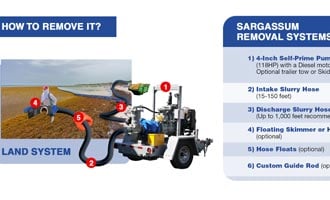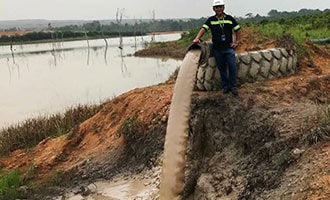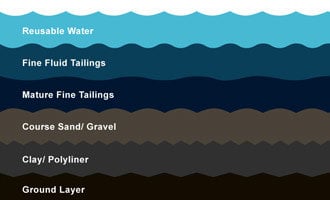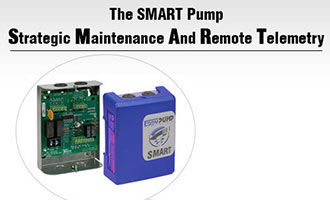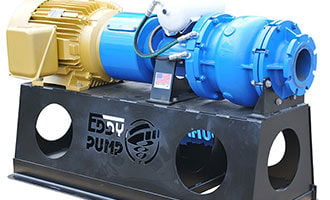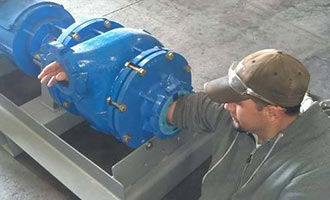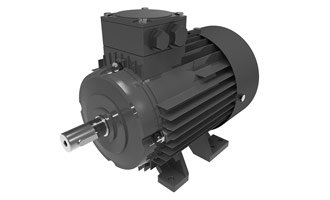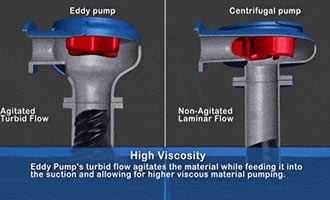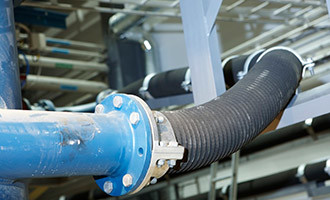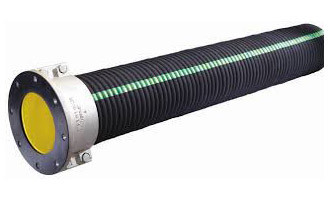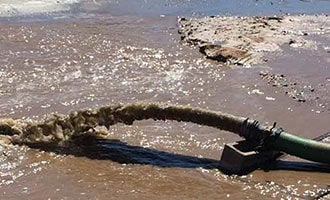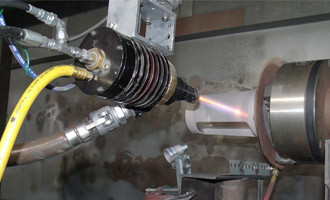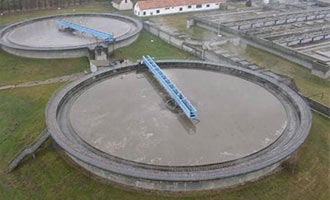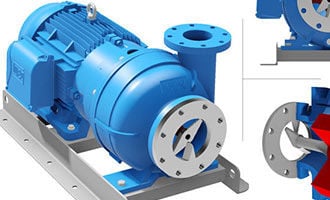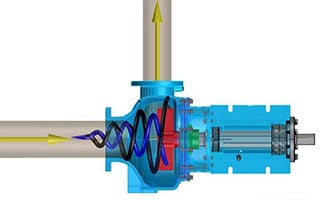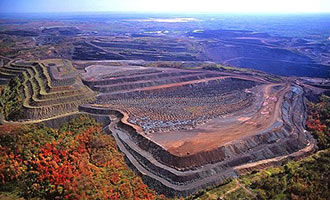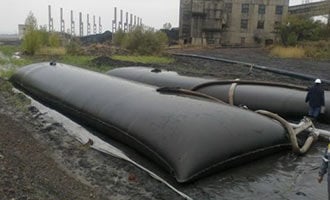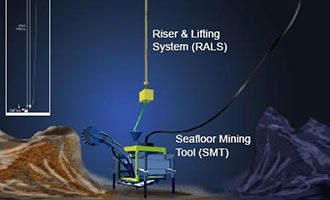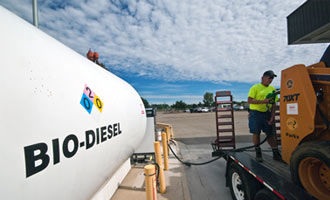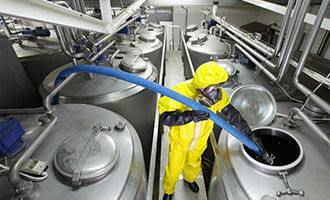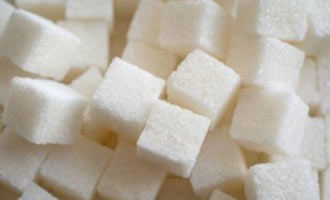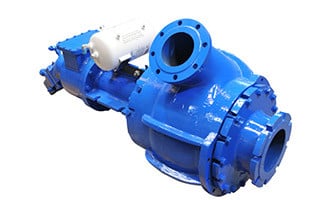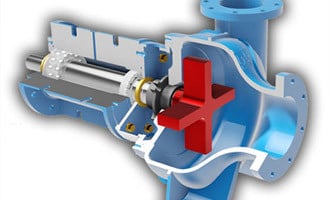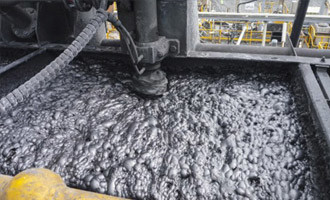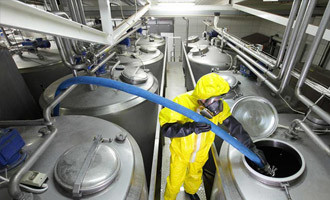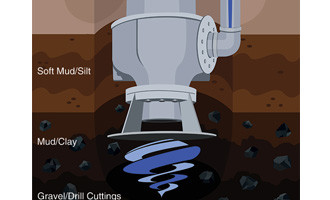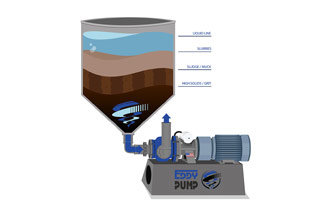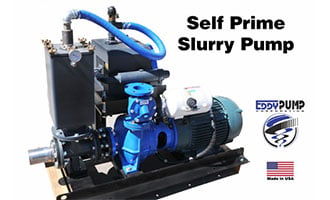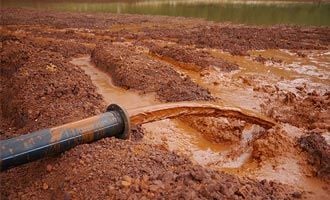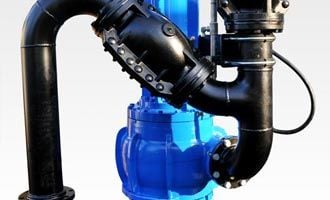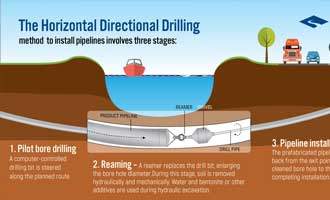Choosing the Correct Hydraulic Dredge
If you are considering purchasing a hydraulic dredge for a project, there are
several factors that you should consider to help determine the best dredge for your needs.
Choosing the Correct Hydraulic Dredge: Some questions that
you may want to answer include the following:
1.) What is the nature of the material that needs to be dredged? Different dredges are designed to handle various materials, such as sand, clay, silt, or rock. Determining the nature of the material can help you choose a dredge with the appropriate capabilities.
2.) What is the depth and width of the area that needs to be dredged? The size of the dredge you need will depend on the size of the area that needs to be dredged. Larger dredges may be more expensive, but they can also be more efficient if you have a large area to dredge.
3.) What is the distance the dredged material needs to be transported? The distance the dredged material needs to be hauled will affect the size and power of the dredge you need. Longer lengths may require a larger or more powerful dredge to ensure the material can be transported efficiently.
4.) What is the available power source? Different dredges may require other power sources, such as electricity, diesel, or hydraulic power. You will need to consider the power source available on your project site to determine the most suitable dredge.
5.) What is the budget for the project? The cost of the dredge will be an essential factor in your decision. Determine your budget for the project and look for a dredge that meets your needs within that budget.
6.) What are the environmental concerns for the project? Dredging projects can negatively impact the environment by disrupting aquatic habitats or releasing pollutants into the water. Careful planning and mitigation measures can help minimize these impacts.
You can help determine the best hydraulic dredge for your project by answering these questions and considering these factors.
Dredging Highlight Video
Some Common Issues that may arise on a Hydraulic Dredging Project Include:
1.) Clogging: The dredge’s suction hose or other components may become clogged if the dredged material contains too many solids or needs to be correctly sized for the project. This can reduce the efficiency of the dredge and may require frequent maintenance or repairs.
2.) Cavitation: Cavitation occurs when the dredge’s suction becomes too low, causing air bubbles in the slurry. These bubbles can collapse and create high-pressure areas that can damage the dredge’s impeller and other components.
3.) Wear and tear: Hydraulic dredges are designed to handle abrasive and corrosive materials, but constant exposure can cause wear and tear on the dredge’s components over time. This can reduce the efficiency of the dredge and may require frequent maintenance or repairs.
4.) Power failures: If the hydraulic power supply for the dredge fails, the dredge will stop working. Problems with the hydraulic pumps, hoses, or other components can cause this.
5.) Environmental concerns: Dredging projects can potentially negatively impact the environment, such as disrupting aquatic habitats or releasing pollutants into the water. Careful planning and mitigation measures can help minimize these impacts.
To minimize these issues, it is essential to appropriately size and maintain the hydraulic dredge and to use it within its recommended operating parameters. Regular inspection and maintenance can help identify and address potential issues before they become significant problems.

The EDDY Pump Excavator Dredge Attachment easily pins into your existing bucket linkage and is powered off of the excavators’ auxiliary hydraulics or a separate HPU. By using a cutterhead or high-pressure water jetting rings (depending on the dredging application), the patented EDDY Pump technology outperforms all centrifugal pumps in a variety of the most difficult dredging applications. The pump and cutterhead suction dredge work in conjunction to make this the optimal dredging system for handling compact material, highly viscous materials, and for pumping a high volume solids. The excavator pump attachment can easily pump slurries up to 4,500-feet without the need for a booster pump. For larger pump models and pumping distances of more than 2,000-feet, an HPU (Hydraulic Power Unit) is recommended for optimal production rates. All EDDY Pump suction dredges and excavator cutterheads are powered by our field-proven, U.S.A.-built, industrial slurry pumps.
Any excavator operator can be trained to operate the pump in just a couple of hours. In addition, this unit is completely modular and can be converted into a cable hung dredge or a diver operated dredge with little modification necessary.
For mining or construction operations where a crane is already available on site, the EDDY Pump Cable-Deployed Pump can be an ideal solution. Like many of our dredges, this cable deployed pump system comes with an optional water jetting material agitation system to fully optimize production rates. The cable-deployed pump can have an electric or hydraulic power system to meet the needs of the end-user.
The pump can be mounted off a cable, hanging off a crane and the water jetting ring is attached to the pump. It can be dropped onto the seabed as a diver operated unit and also be pinned to an excavator to become the Excavator Pump Attachment.
For ultra-precision dredging which requires diver visibility and mobility, we offer the Diver Operated Dredge Pump. This unit is completely submerged and rests on the lake bed or ocean floor and can support up to 1-3 divers at once. These diver units can be powered via electric or hydraulic depending on our client’s needs.
Our diver dredge comes equipped with over 300-ft of a suction hose that can be added to the suction inlet of the pump, providing increased versatility not commonly found in conventional diver operated dredges. This also allows for far more mobility, allowing for divers to dredge in precise locations without disrupting the pipeline. Additionally, this unit can be easily converted to a Cable-Deployed Dredge or an Excavator Pump Attachment with little modification.
Questions? Call Us: 619-404-1916
Tell us about your dredging project. See the custom pump curve page and we can start the first step of a quote to determine if your project is a fit for our dredging equipment. Contact Us Here
Environmental Dredging and Remediation
Environmental dredging generally refers to remediation dredging or removing contaminated materials from specific underwater areas. Environmental dredges are built to be as precise as possible with extremely low turbidity to prevent material agitation of the surrounding ecosystem. A low turbidity dredge will greatly help keep the contaminated material from resuspension, which would allow the dangerous material to spread over a wider area, making things worse. Environmental dredges are typically equipped with video cameras, GPS, RTK for precise positioning, and/or sonar monitoring instruments to oversee the entire dredging process. This allows the process to be much more controlled over a navigational or construction dredging, ensuring the contaminated material is captured as safely as possible.
Maintenance Dredging
Similar to other industrial processes, regular maintenance is required to keep the dredging system functional and free of any issues. Maintenance dredging is used to deepen or maintain navigable waterways or channels that have become silted. These waterways can become too shallow to navigate if sediment is left unmanaged. Lagoons and settling tanks are notorious for rapid sedimentation buildup, which needs to be removed on an annual basis to avoid reduced holding capacity, gunk/odor buildup and murky water.
Other Dredging Solutions
EDDY Pump vs Other Pumps
This video shows how EDDY Pump transports high slurry and abrasive materials. Featured dredge pump equipment includes the Remote Operated Subdredge, Diver Operated Pump and a Excavator Attachment Dredge Pump.
Order or Get Selection Help
Call 619-404-1916
Why EDDY Pumps Are Better - Highlights
This video shows how EDDY Pump transports high slurry and abrasive materials. Featured dredge pump equipment includes the Remote Operated Subdredge, Diver Operated Pump and a Excavator Attachment Dredge Pump.

